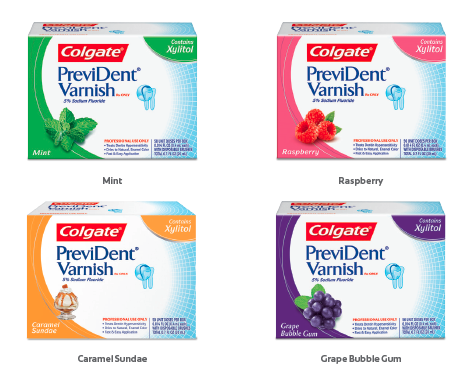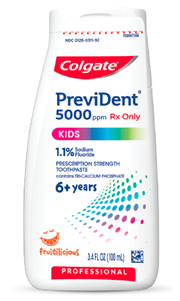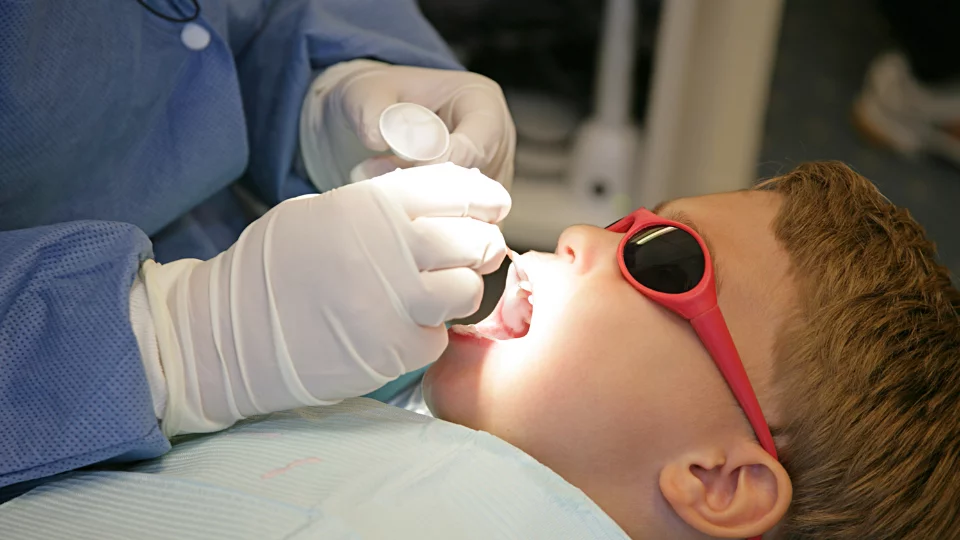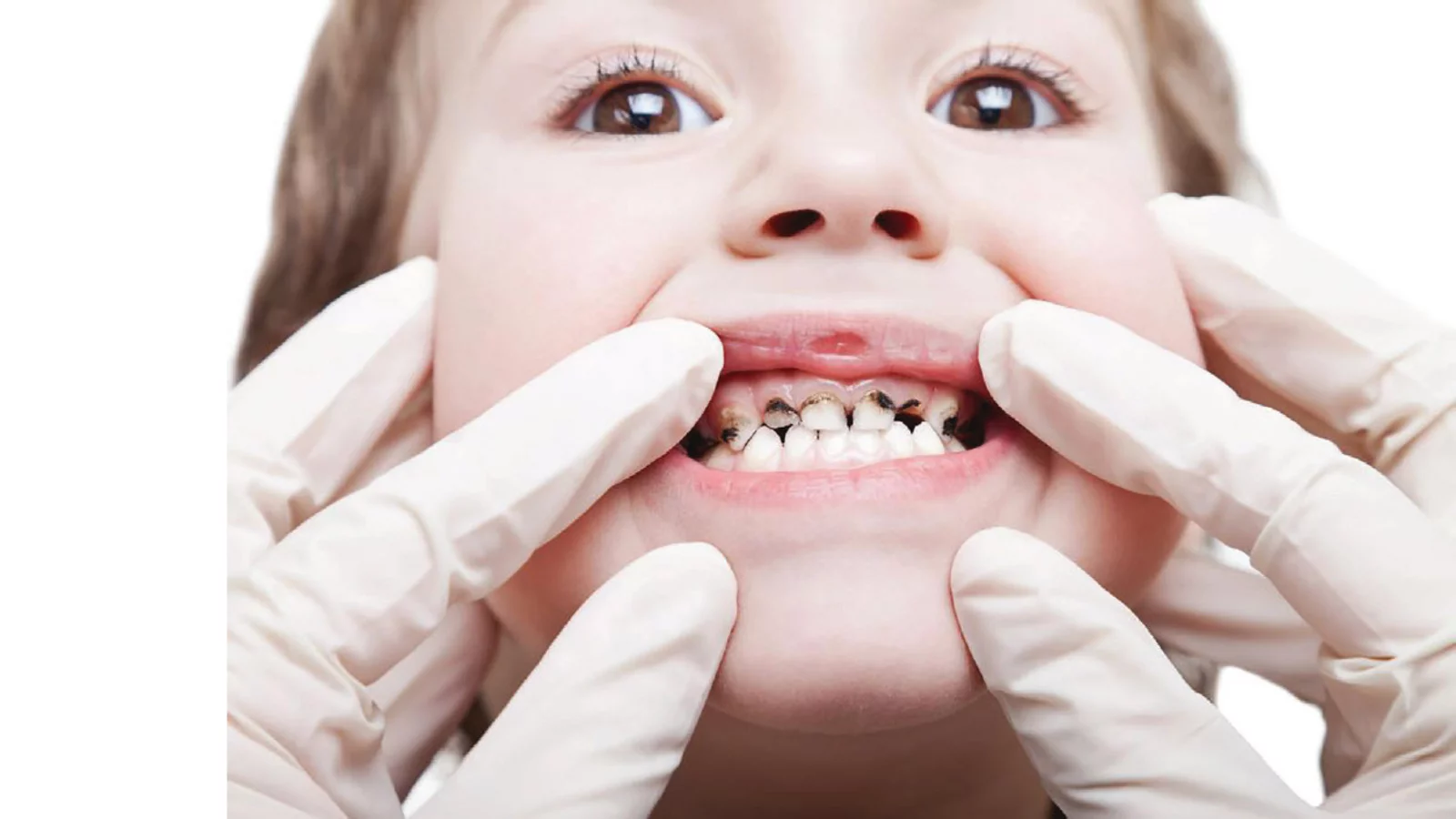By Lisa Kamibayashi, RDH, MSDHE, FADHA
Article Sponsored by Colgate®
January 15, 2024

Dental hygienists may be more familiar with the flavors of cupcakes than the different types of fluoride available for patients. Some may think all fluoride is made the same, or some may need more confidence in selecting the correct fluoride type for patients.
A wide variety of fluoride options are available in the market, and the opinions on which type is best can vary widely. Fluoride has been used in water fluoridation since the 1940s, and the Centers for Disease Control and Prevention (CDC) has named water fluoridation one of the most outstanding achievements in public health in the 20th century. Dental professionals know fluoride is one of the most effective ways to prevent dental caries. Dental hygienists should be able to apply the first fluoride application to a child’s teeth on their first birthday instead of serving a cupcake. According to the World Health Organization (WHO), dental caries are still prevalent in all populations. Fluoride can still be used to prevent caries, and dental professionals should be able to select the best fluoride option for their patients as soon as they make their first visit to a dental office. This article will discuss the different types of fluoride available and how to select the best option for your younger patients.
American Dental Association (ADA) published a clinical practice recommendation for nonrestorative treatment for carious lesions in 2018. The guideline was based on a systematic review of evidence from published literature. The ADA’s clinical practice guidelines for nonrestorative treatment for carious patients provide dental hygienists with evidence-based recommendations for carious lesions. The report recommends using 38% silver diamine fluoride (SDF) twice a year over 5% Sodium fluoride varnish for advanced cavitated carious lesions on primary and permanent teeth. This intervention allows dental hygienists to treat cavitated carious lesions without invasive procedures. However, the dental hygienist’s primary focus should not be treating caries but preventing caries.
For non-cavitated occlusal lesions, the most effective method was sealant with 5% NaF varnish and applying 5% with NaF varnish that should be repeated every 3 to 6 months. Sealant alone and 5% NaF varnish alone were less effective than the two combined preventive measures. The effectiveness of other caries prevention modalities, such as 1.23% APF gel (application every 3 to 6 months) or weekly use of 0.2 % NaF mouth rinses, did not provide strong effectiveness as the combination of sealants plus 5% NaF varnish. Sealants and 5% NaF varnish every 3 to 6 months office visit is the gold standard for non-cavitated occlusal lesions.
The American Academy of Pediatrics (AAP) recommends applying 5% NaF varnish at any age when teeth are present. The AAP study confirms the safe use of 5% NaF varnish on toddlers. Using 1.23% APF in-office gels or any fluoride rinse is not recommended, which may cause more adverse systemic effects due to accidental swallowing. A study confirms that 5% NaF varnish had a two times greater chance of arresting caries than 1.23% APF gel. When dental hygienists can apply 5% NaF varnish, it is the most effective and safe option for young patients. The application is easy and does not have to be in a dental office, so it should be widely used in schools and community settings with dental professionals.

Fluoride Varnish Flavor Options
INDICATIONS: For the treatment of dentin hypersensitivity.
IMPORTANT SAFETY INFORMATION: PreviDent Varnish is contraindicated in patients with ulcerative gingivitis, stomatitis, or who have an allergy to colophony and/or rosin. Edematous swellings and nausea have been reported in rare instances in some fluoride varnish products, especially after application to extensive surfaces. Dyspnea, although rare, has occurred in asthmatic children. Discontinue use if signs of allergic reaction occur such as dermatitis or a rash. See Instructions for Use for additional safety information.
There are a variety of anti-caries products for home use. Daily exposures to fluoride will enhance the prevention of new caries and continue the support of remineralization of the carious lesion. ADA reports that toothpaste or gel with 5,000 parts per million fluorides (1.1% NaF) had a three times greater chance of arrest or reversal of non-cavitated and cavitated root carious lesions. ADA did not recommend 10% CPP-ACP products as substitute fluoride products because there is no evidence to arrest or reverse non-cavitated carious lesions. 5000 ppm sodium fluoride can be used by children who can expectorate (usually over six years of age), and the amount of the paste should be kept in a thin strip on half the length of the toothbrush head.
Dental hygienists should monitor and check the patients regularly to see if they use the fluoride prescription at home. Patient compliance can be the most significant barrier to the home use of fluoride. If patients are not using the prescription, the hygienist can work with them to make it easier to incorporate into their routine. The access to the refill prescription needs to be easy for the patient. The patient should be able to get a refill without making an appointment with the dentist. The dentist or hygienist can also provide the patient with a prescription that is enough supplies for at least six months—ensuring that the patient receives continuous fluoride and incorporates it into their lifelong routine.

5000 ppm Sodium Fluoride for Kids
Choosing the best anti-caries option should be as simple as picking a cupcake flavor. Apply 5% fluoride varnish on the first birthday and repeat that every six months. Once patients reach six years old (as long as they can expectrate), a take-home gift of 5000 ppm sodium fluoride with kids’ flavor should be given. It is an excellent time to educate the patient on the process of caries. Sealants should be applied once permanent molars fully erupt and apply 5% NaF vanishes. The prescribed 5000 ppm sodium fluoride should be monitored for the rest of their lives, and they celebrate caries-free birthdays yearly.
INDICATIONS: A Dental caries preventive.
IMPORTANT SAFETY INFORMATION: Do not swallow. Keep out of reach of children. Acute burning in the mouth and sore tongue may be experienced by some individuals. If accidental ingestion occurs, side effects may include nausea, vomiting, diarrhea, and abdominal pain. See Package Insert for additional safety information.
____________________________________
This article contains a summary of the following:
- “Evidence-based clinical practice guideline on nonrestorative treatments for carious lesions – A report from the American Dental Association” as published in JADA 2018 149(10): 837-849. (https://pubmed.ncbi.nlm.nih.gov/30261951/)
- “Pharmacokinetics of Fluoride in Toddlers After Application of 5% Sodium Fluoride Dental Varnish” as published in Pediatrics 2014 Sep; 124(3): e870-e874 (https://www.cdc.gov/fluoridation/index.html)
- “Oral Health in America: Advances and Challenges – Executive Summary” as published by National Institution of Health in 2021 (https://www.nidcr.nih.gov/sites/default/files/2021-12/Oral-Health-in-America-Executive-Summary.pdf)
____________________________________
 Lisa Kamibayashi, RDH, MSDHE, FADHA, is a dental hygiene professor and the current program director at West Los Angeles College. She graduated from the University of Southern California with a Bachelor of Science degree in Dental Hygiene and earned a Master of Science degree in Dental Hygiene Education from the University of Missouri-Kansas City.
Lisa Kamibayashi, RDH, MSDHE, FADHA, is a dental hygiene professor and the current program director at West Los Angeles College. She graduated from the University of Southern California with a Bachelor of Science degree in Dental Hygiene and earned a Master of Science degree in Dental Hygiene Education from the University of Missouri-Kansas City.


